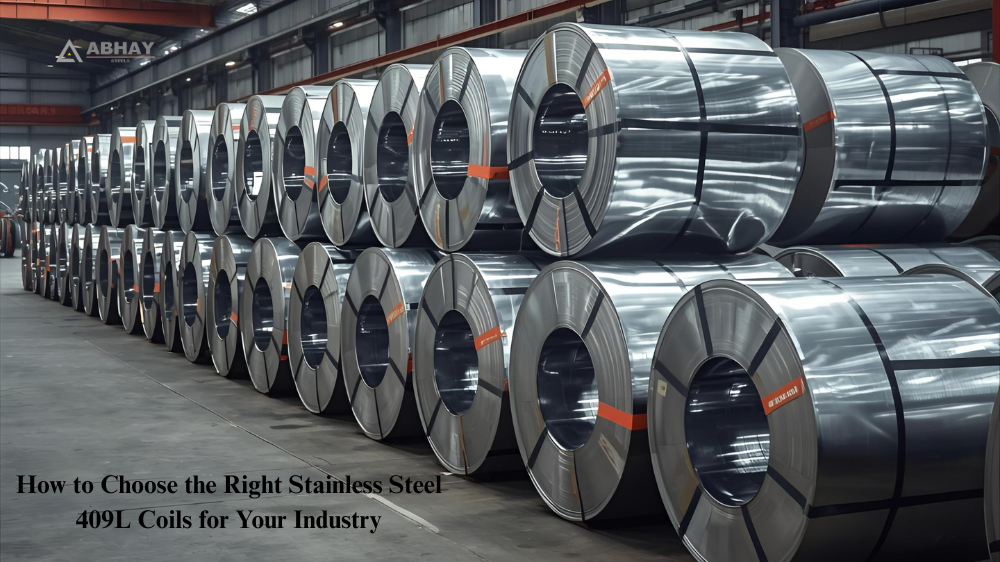What is the Stainless Steel Channels?
Steel channels made of stainless steel are a type of structural steel used to support steel angles and other building and construction tasks. They come in a range of shapes and sizes, including conventional and custom sizes. Construction projects, notably those requiring the support of heavyweights, may use stainless steel channels.
Hot-rolled, C-shaped construction steel that has been rolled into a U-shape with predetermined radii on the inside corners is used to make Stainless Steel Channels. The stainless-steel channel is then joined at these angles by welding. Usually, a butt joint or lap joint with a minimum 2-inch overlap is used to create the welds (5 centimeters).
It’s crucial to buy the appropriate kind of stainless steel channel for your demands when making your purchase. For instance, buying stainless steel channel that can withstand corrosion brought on by exposure to moisture or other environmental elements like salt spray or the like makes sense if you’re building anything that will frequently come into contact with water.
Features of Stainless Steel Channels
In fabrication projects where more corrosive environments, such as those involving acids, chemicals, petrochemicals, and fresh and saltwater environments, are present, stainless-steel channels are used. Stainless hot-rolled beams are frequently used in architectural construction. Some of the main benefits of stainless channel beams include the following:
- Strength-to-Weight advantages – Compared to some other types of metal, the stainless tube offers a greater strength-to-weight ratio due to its structural makeup.
- Aesthetics – Stainless steel tube has a clean, shiny appearance that is both contemporary and alluring.
- Production – Due to the microstructure of 300 series stainless tube products, they can be manufactured in much the same way as standard metals by being cut, welded, shaped, machined, and fabricated.
- Corrosion resistance: Due to stainless steel’s resistance to corrosion, it can be used in a wide range of applications, including chemical processing facilities and in contact with chlorine, water, acids, and alkaline solutions.
- Sanitation – Stainless steel channels are the best choice for usage in high-hygiene settings such as hospitals, kitchens, abattoirs, and food processing facilities because they are simple to clean.
- Resistance to fire and heat – Stainless steel resists scaling and maintains heat
Certain Uses for Stainless Steel Channels
- Through these routes, canning, bottling, and processing equipment for the food and beverage sectors are frequently produced. Water heaters, air conditioners, and other products are also made using stainless steel channels.
- Due to its exceptional corrosion resistance, stainless steel 316 is commonly used in the construction of bridges and structures. This type of stainless steel is exposed to chloride ions, which prevent stress corrosion cracking and boost mechanical strength.
- Stainless Steel 316 Channels are frequently used to form sidewalls for garages, storage buildings, workshops, and other metal structures where they are employed similarly to how traditional wood farming uses studs.
- 316H steel channel is typically used to construct pole barn walls. This channel is stretched horizontally from pole to pole to serve as an attachment point for the siding, which is typically metal sheeting.




